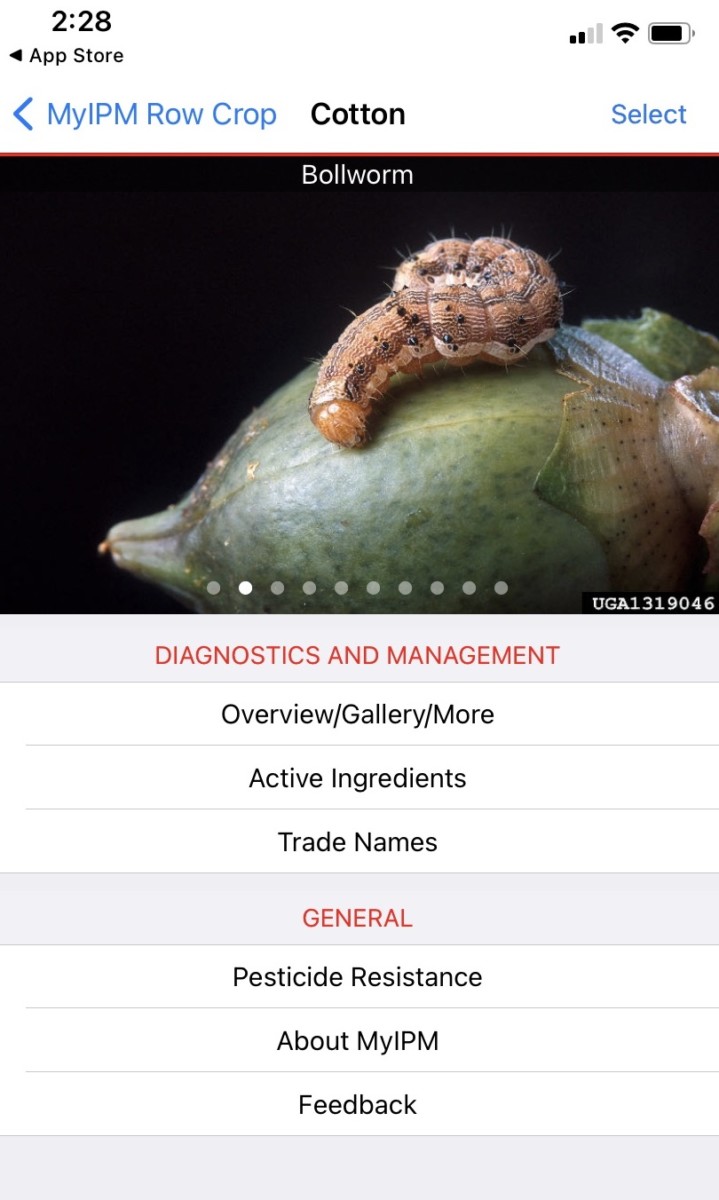fungicide resistance
-

Written by: Emily Cabrera, UGA IPM Communications CoordinatorExpert/Source: Dr. Brett Blaauw, Assistant Professor & Peach Specialist, University of Georgia A new insect wreaking havoc in your cotton field? Troublesome disease in your peanut stand you don’t recognize? No idea where to start? Well, there’s an app for that. This year, farmers have a new tool…
-

Written by: Emran Ali, Phillip M. Brannen, and Tammy Stackhouse Fungicide resistance is a major problem for growers, as it can lead to loss of disease control, reduced yields, and unnecessary expense by applying products that no longer work. Fungal pathogens are managed with a limited number of fungicide classes. There is, therefore, a high…
-

Written By: Brooke Warres and Phil Brannen, University of Georgia Plant Pathology Department Due to a warm, humid climate that promotes multiple diseases, growing grapes in Georgia and the Southeast as a whole is a difficult task. Fortunately, with the right information, growers have been able to control harmful pathogens and expand the Georgia wine…
-

Written By: Emily Cabrera, IPM Communications CoordinatorExpert Source: Bhabesh Dutta, Extension Plant Pathologist A particularly nasty fungus is making a comeback across vegetable fields in the South but research efforts by UGA specialists hope to give farmers the refined tools they need to stop it in its tracks. Alternaria Leaf Spot (ALS), also referred to…
-

Anthracnose fruit rot disease, caused by fungal Colletotrichum species, is one of the most significant disease problems of commercial strawberry production in Georgia and the Southeast as a whole. Dark, sunken lesions on fruit are the main disease symptoms. Hot, humid weather and significant rainfall make Colletotrichum-induced fruit rot a widespread problem in strawberry production.…